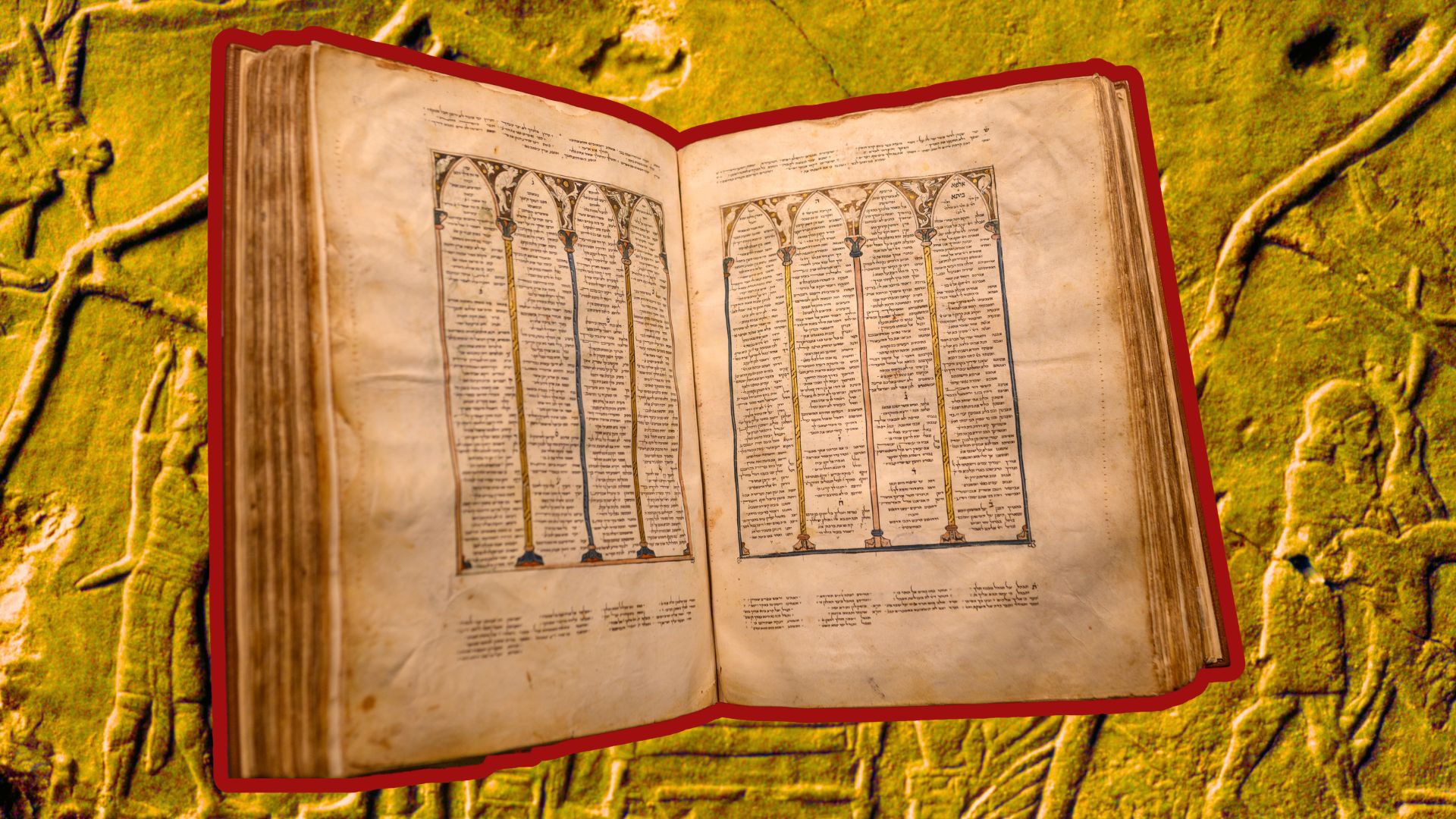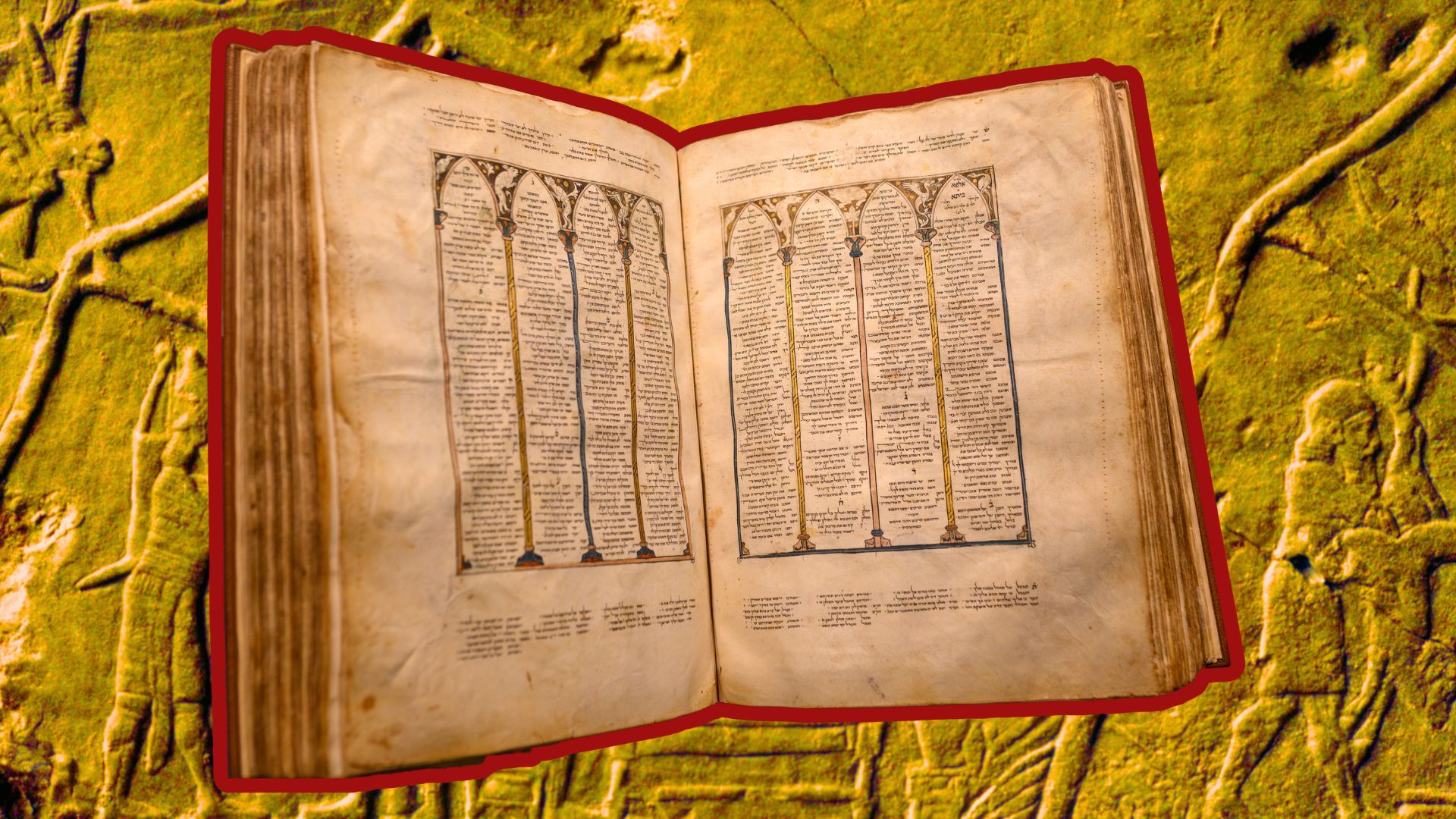A long-lost Assyrian military camp used by Assyrian King Sennacherib around 701 B.C. may have just been found, according to a scientist.
This specific military camp from ancient times is mentioned in the Hebrew Bible as having been destroyed by the “angel of the Lord.” While well known because of the discussion of it in the Bible, Sennacherib’s camp has never been identified — until now.
The Assyrian Empire
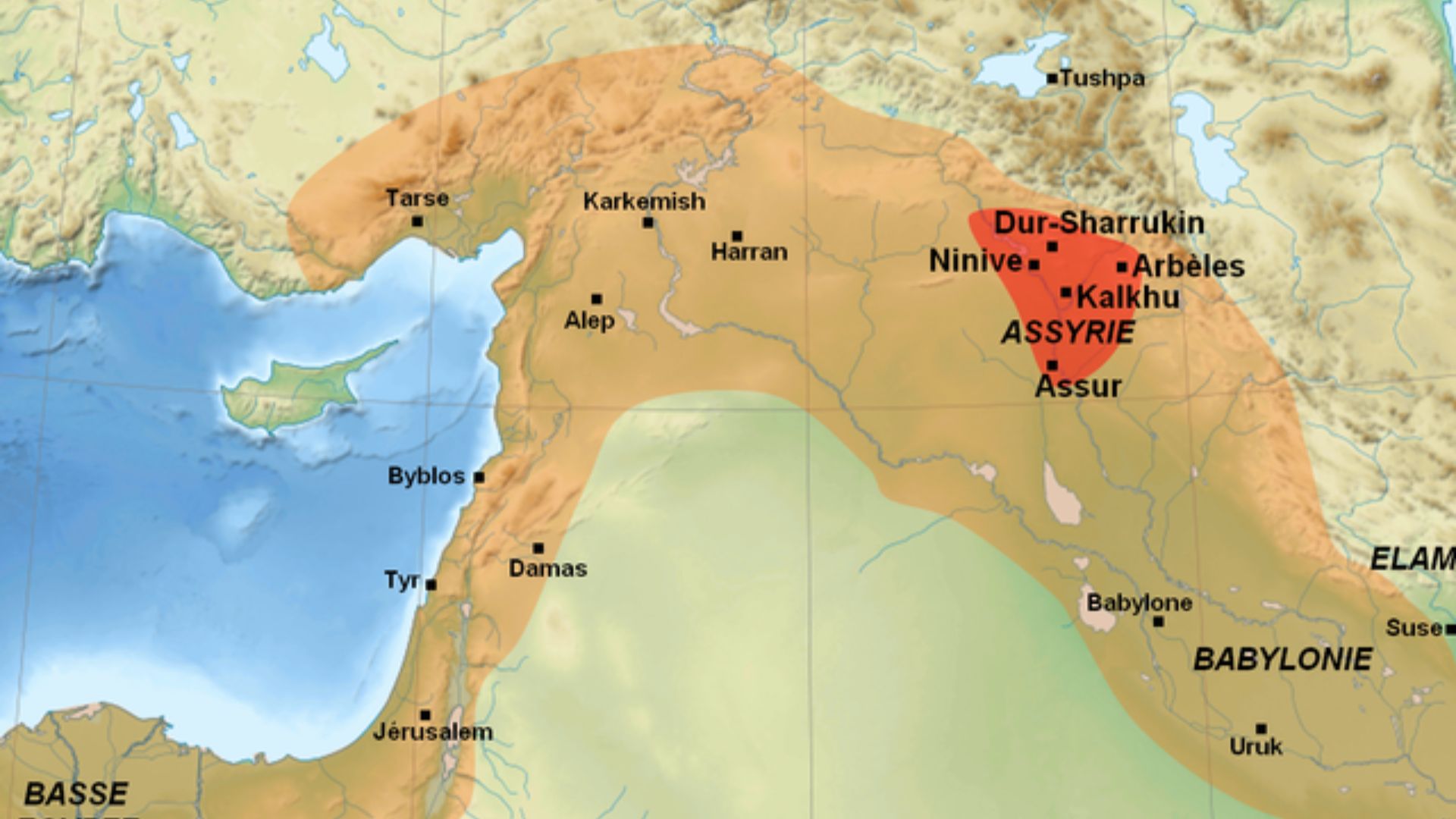
The Assyrian Empire ruled from 1365 to 609 BCE. It was known for its extensive military campaigns, which expanded its territory.
Sennacherib’s siege of Jerusalem was a part of one of these campaigns to control the route from the Syrian Desert to the Mediterranean Sea.
The Discovery of Ancient Assyrian Military Camps
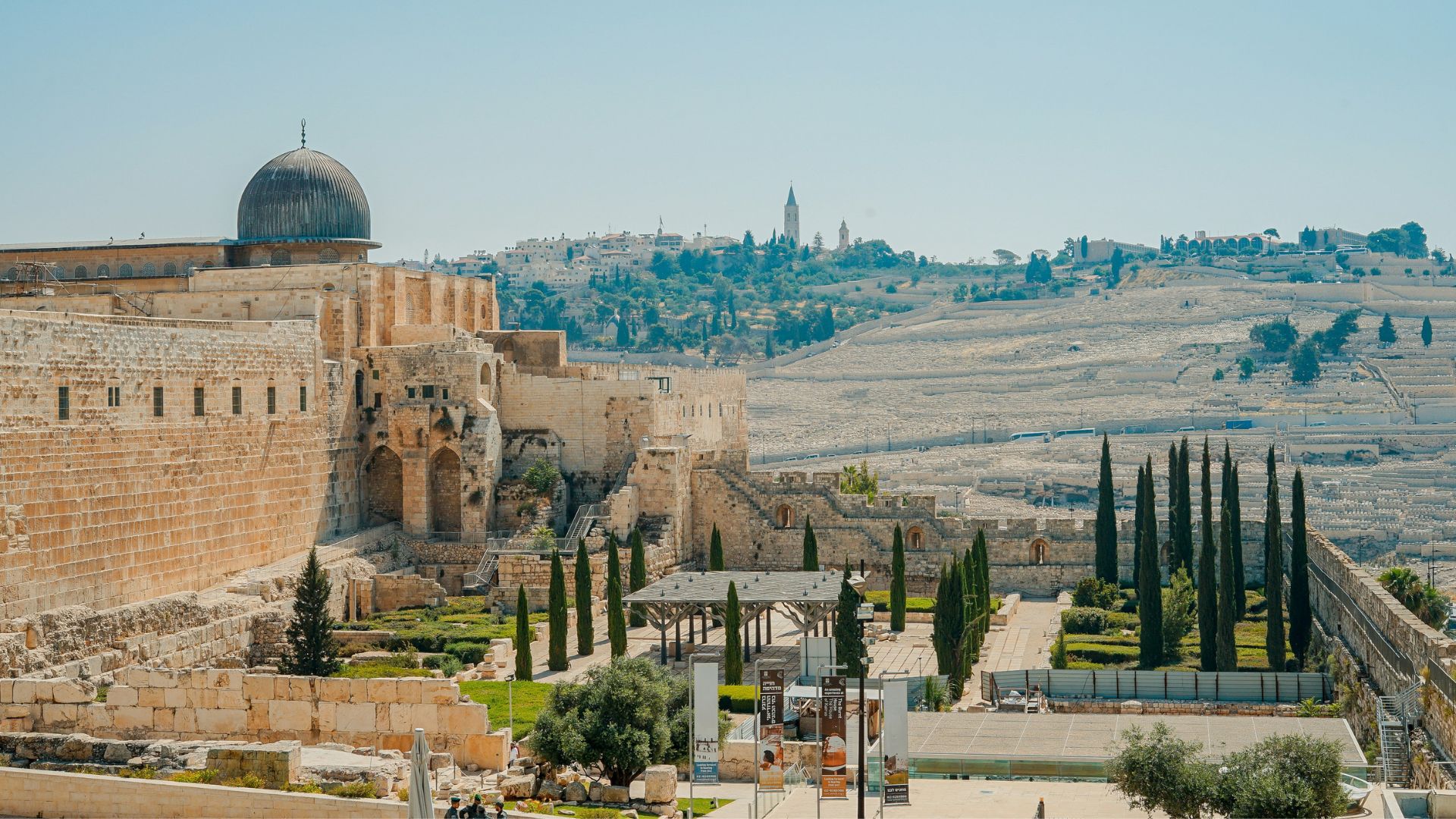
The Assyrian King Sennacherib laid siege to both Lachish and Jerusalem, which are detailed in the Hebrew Bible. At this time around 701 B.C., the Assyrians had a powerful and growing empire from the Persian Gulf to the Mediterranean Sea.
These two sieges conducted by Sennacherib have left scholars looking for possibly two different military camps from ancient times.
A War Was Fought 2700 Years Ago
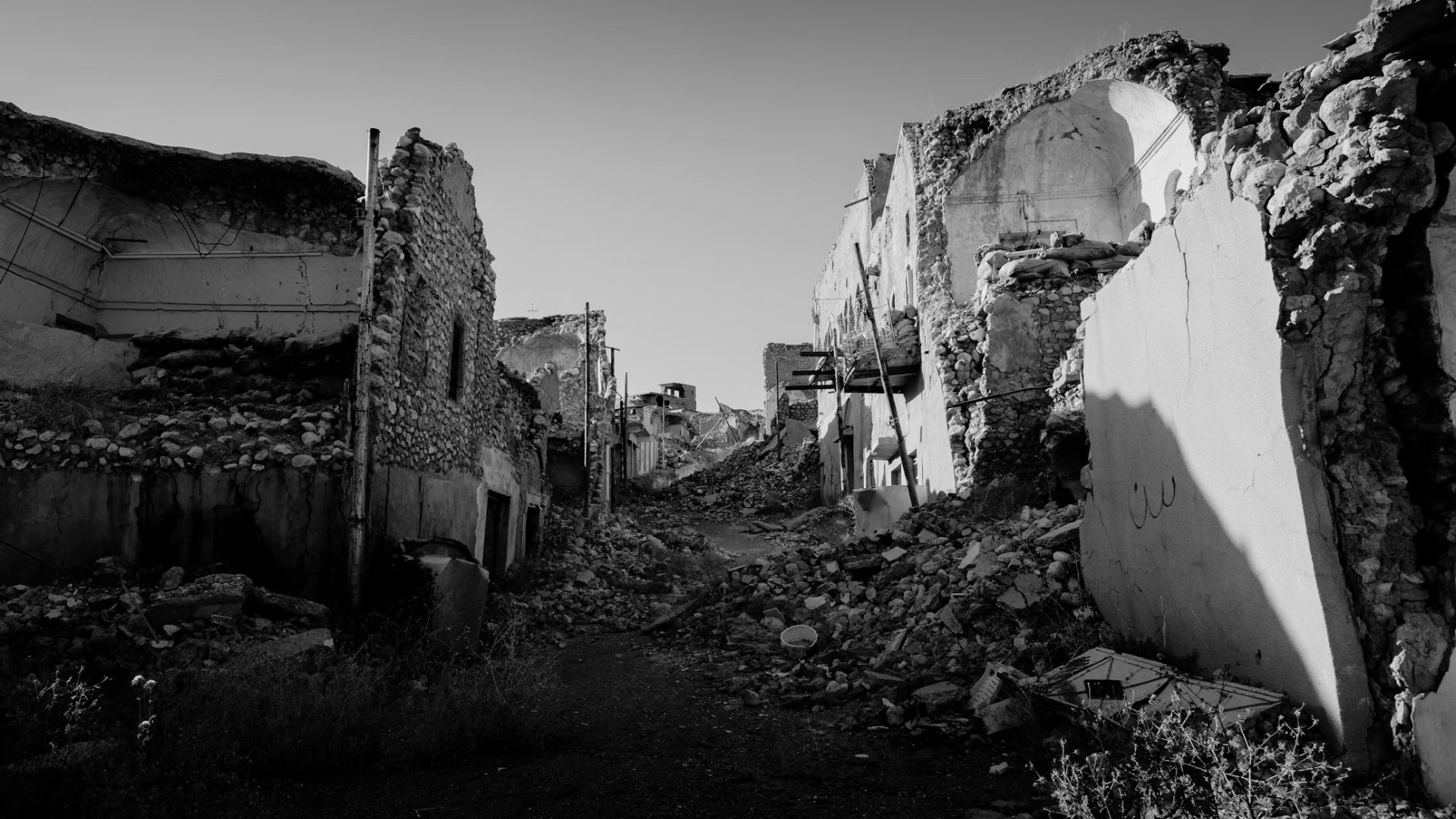
A Biblical war was supposedly fought on the site of the Assyrian military camp around 2700 years ago, which means it could be of historical and religious importance.
Both the Christian and Hebrew Bibles refer to what happened here, which is why some archaeologists were keen to learn more.
The End of Sennacherib’s Conquests

In the Hebrew Bible, the end of Sennacherib’s conquests and sieges occurred at Jerusalem, when “the angel of the Lord went out and put to death a hundred and eighty-five thousand in the Assyrian camp” (2 Kings 19:35).
Meanwhile, Assyrian inscriptions from this time state that the King of Judah Hezekiah gave a huge tribute to encourage the Assyrian army to leave Jerusalem.
Searching for the Ancient Military Camps

Many researchers have been searching for where these ancient Assyrian military camps mentioned in the Bible may have been located.
Now, Stephen Compton, a scholar focused on Near Eastern Archaeology, believes that he may have finally found where two different camps were located thousands of years ago.
Aerial Photographs Were Taken
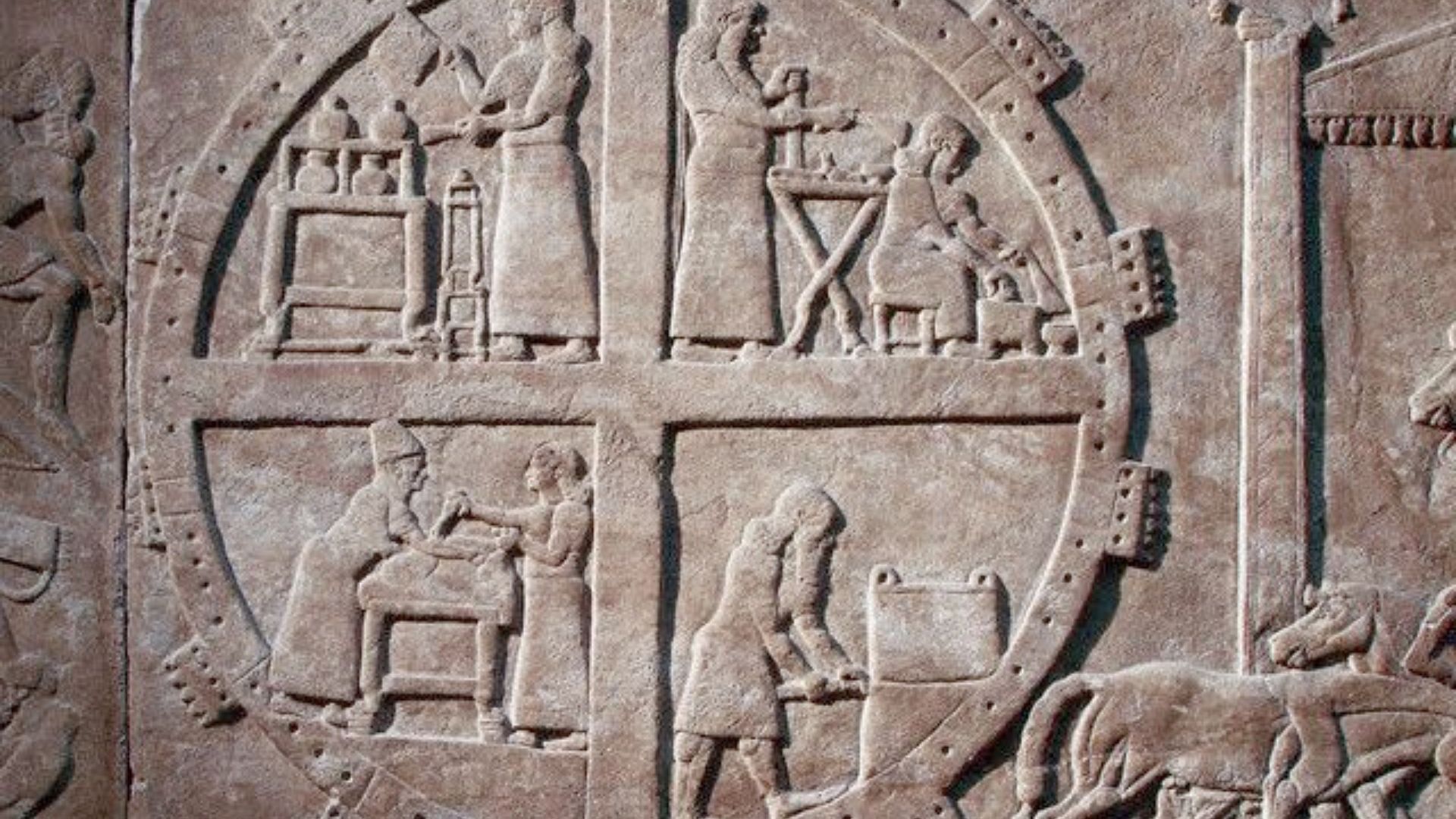
When Compton came across what he believed to be the camp, he took some aerial photographs of the site, which is known as Ammunition Hill, which is one mile from Jerusalem’s borders.
He did this so that he could compare it with other historical and biblical records of the site to check whether it was the Assyrian military camp or something else entirely.
Finding the Lachish Camp
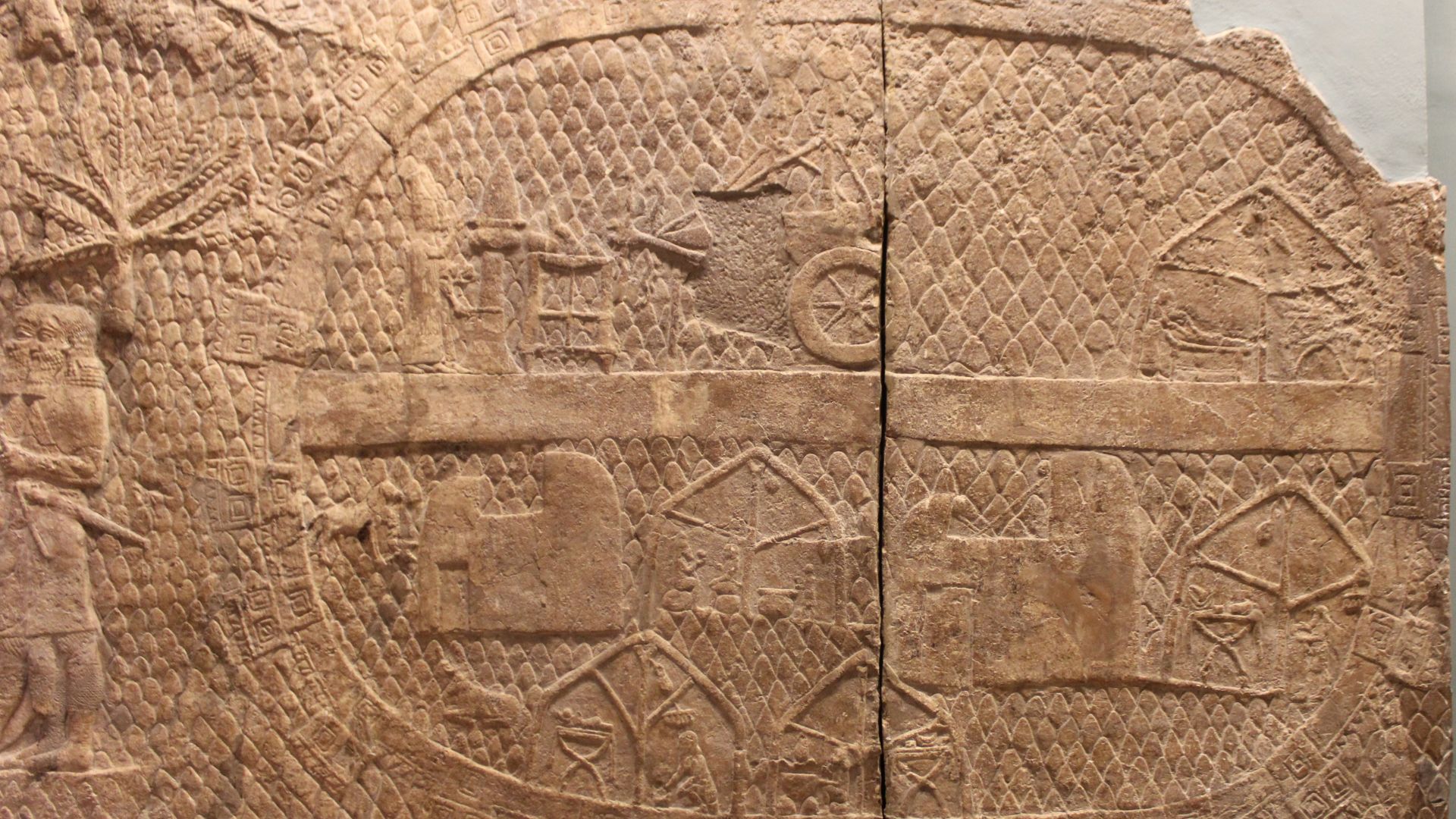
First, Compton looked at an old relief that details the siege of Lachish in ancient times. This relief can be found in the British Museum in London.
Compton paid extra attention to the relief’s depiction of the Assyrian military camp, then compared this art to mid-20th century photos of Lachish.
Discovering Oval Structures
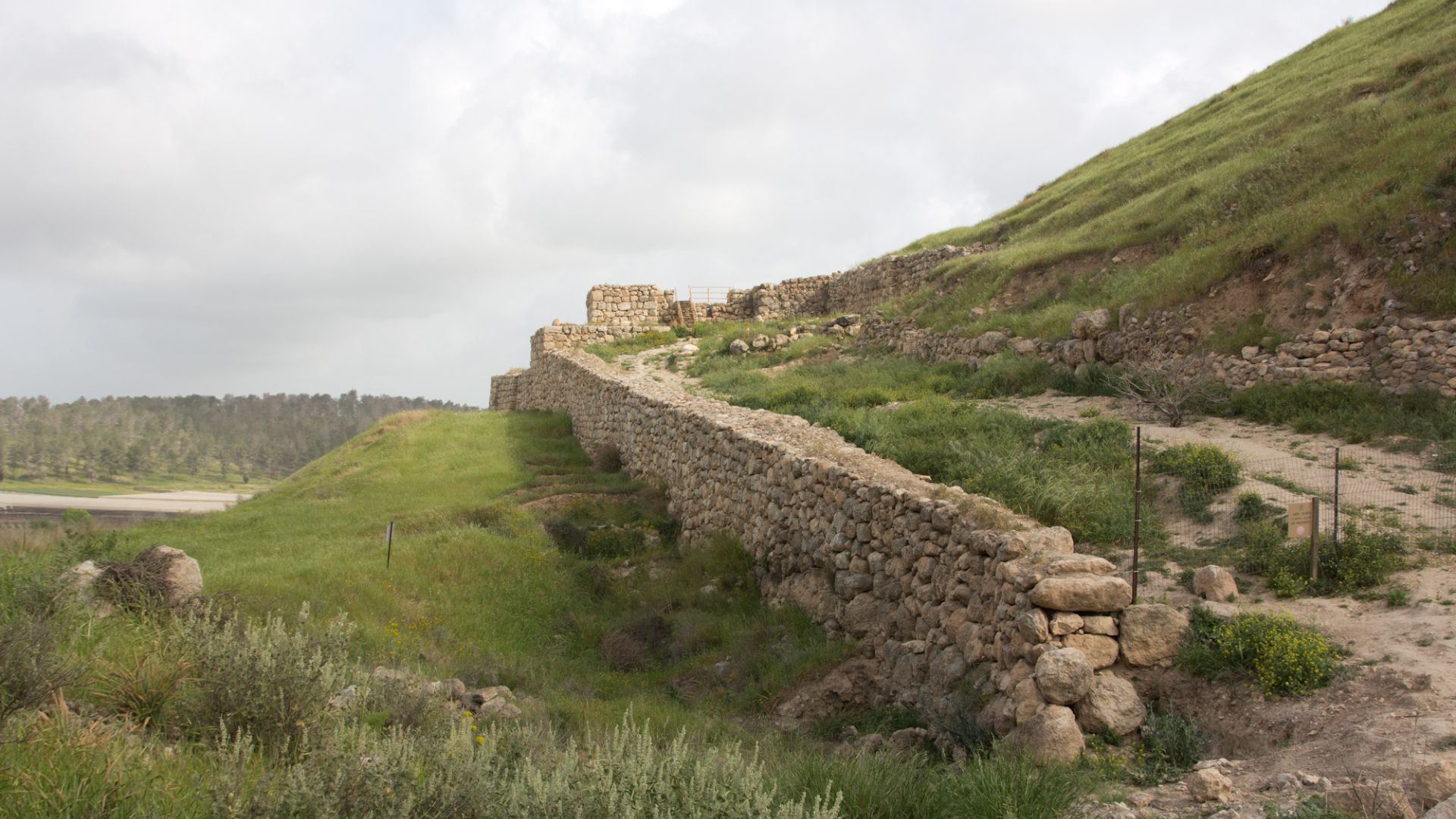
Upon looking at both the relief and these older photos, Compton revealed that he believes the military camp was north of Lachish.
In this location, an oval structure with walls can be seen. According to Compton, many ancient Assyrian military camps were oval-shaped.
A Significant Piece of Evidence
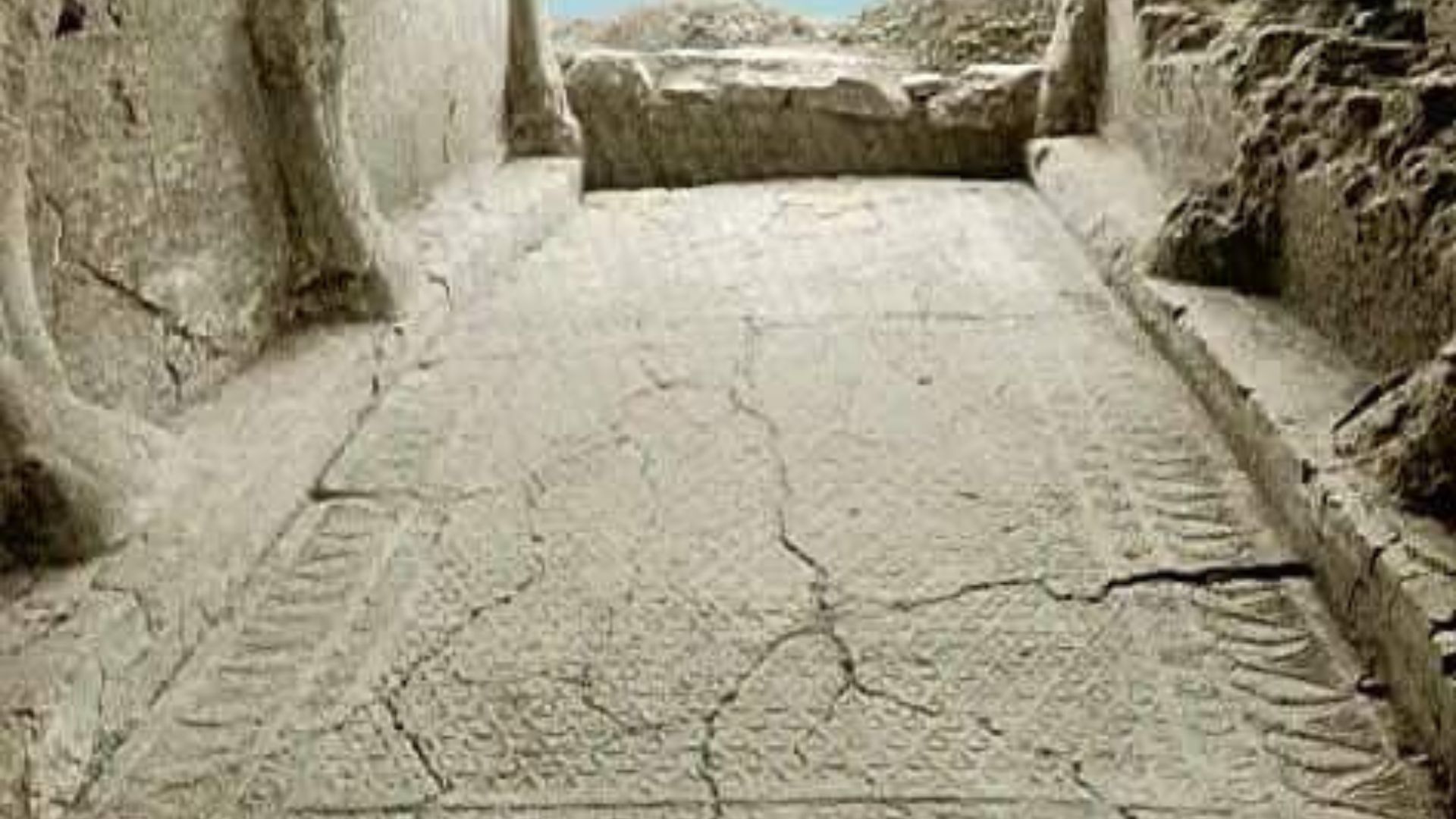
Compton found a significant piece of evidence: the stone panels believed to have originally been part of Sennacherib’s palace.
These panels are from his military camp, which was fortified with 24 guard towers.
Looking at Language
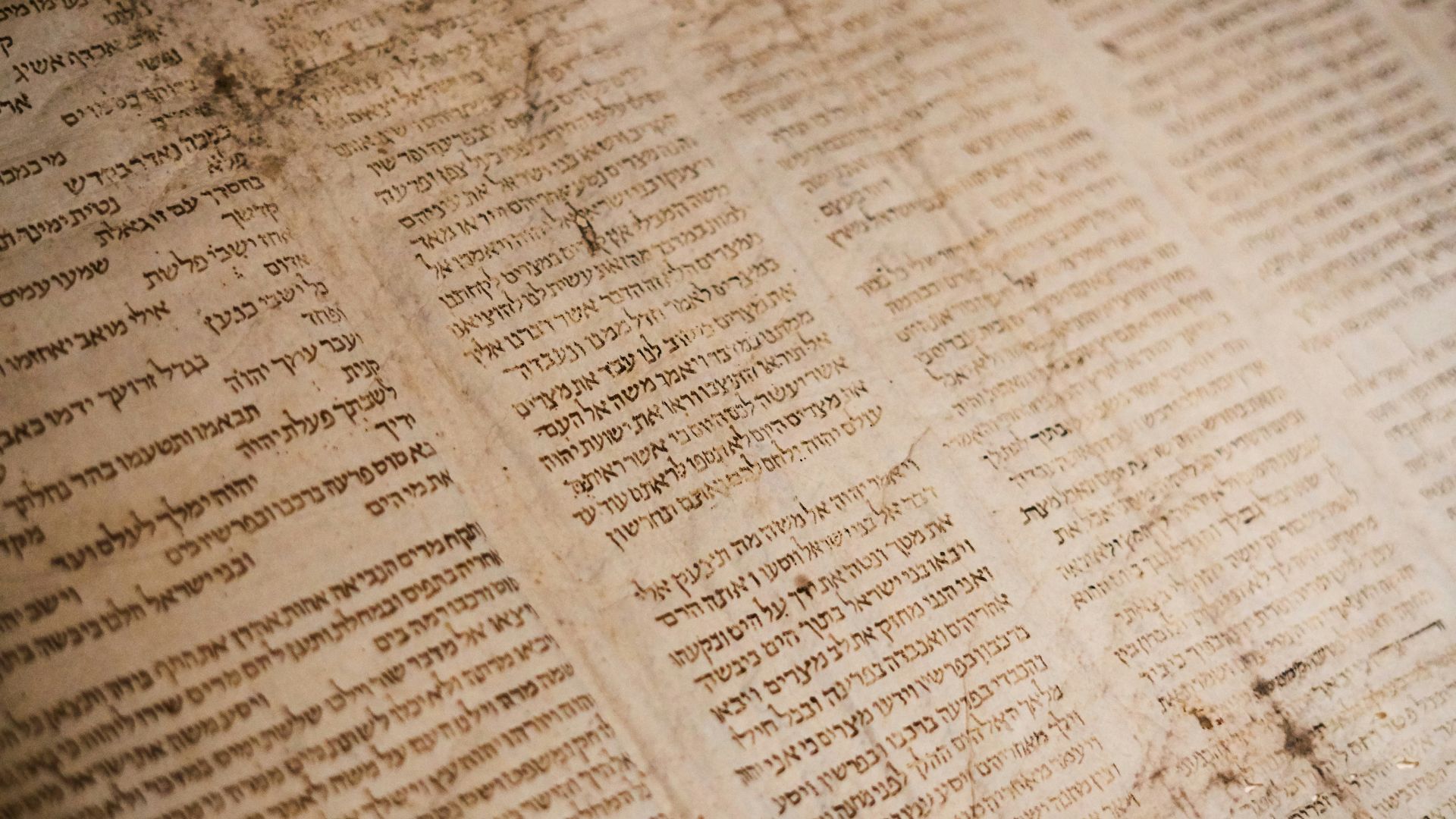
Compton focused on oval structures to find these military camps. However, he also looked at language and the names of some of these areas in Lachish.
Compton has explained that the Arabic word “Mudawwara” was used in the Middle Ages to connote that this was a place where a sultan or leader had placed a military camp. Interestingly, this area was called “Khirbet al Mudawwara.” Compton has suggested that those who lived in this region later on knew that the Assyrians had once camped there.
The Discovery of Pottery
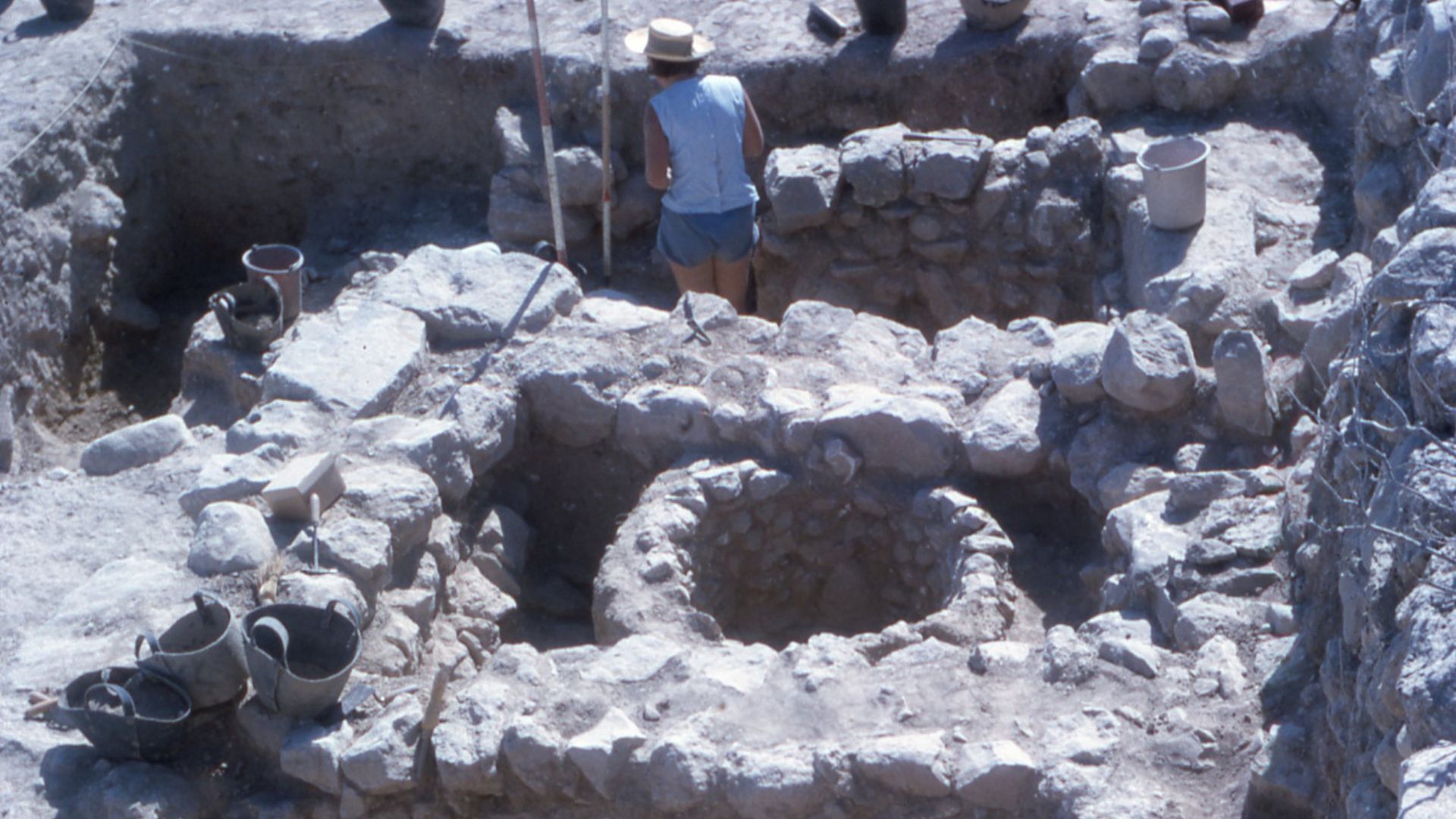
Perhaps most notably, Compton points to the fact that an archeological survey from the early 20th century found pottery shard remains that seem to be from around the same time that Sennacherib had a camp when laying siege to Lachish.
The pottery found at this site has the same style seen on 700 B.C. pottery. However, future excavations in the area may help find more pottery to further support Compton’s theory.
Debates Over Whether Religion Is Real

A debate that has been ongoing throughout time is whether or not religion is real. Many people will say that most, if not all, of the stories in the Bible are made up.
However, this latest discovery could prove that religion is real. Regardless, it definitely shows that something has gone on here, which seems highly likely to be Sennacherib’s siege from the Hebrew Bible.
Evidence Doesn’t Confirm the Supernatural

The issue with Compton’s evidence is that it doesn’t necessarily confirm the supernatural, Biblical aspects of what has been told over the years.
It only serves to confirm the historical records that there was the presence of Assyrian military forces thousands of years ago near Jerusalem during Sennacherib’s reign.
Cannot Verify the Angel Killing the Soldiers

The part that cannot be verified is the angel sticking down 185,000 Assyrian soldiers in one night and causing them to die. This is the biblical reason behind Sennacherib’s retreating to Nineveh.
While everything else can be verified, it’s unknown if this amount of soldiers died. If they did die, it’s unknown whether the angel caused it or if it resulted from fighting.
Finding the Ancient Jerusalem Camp
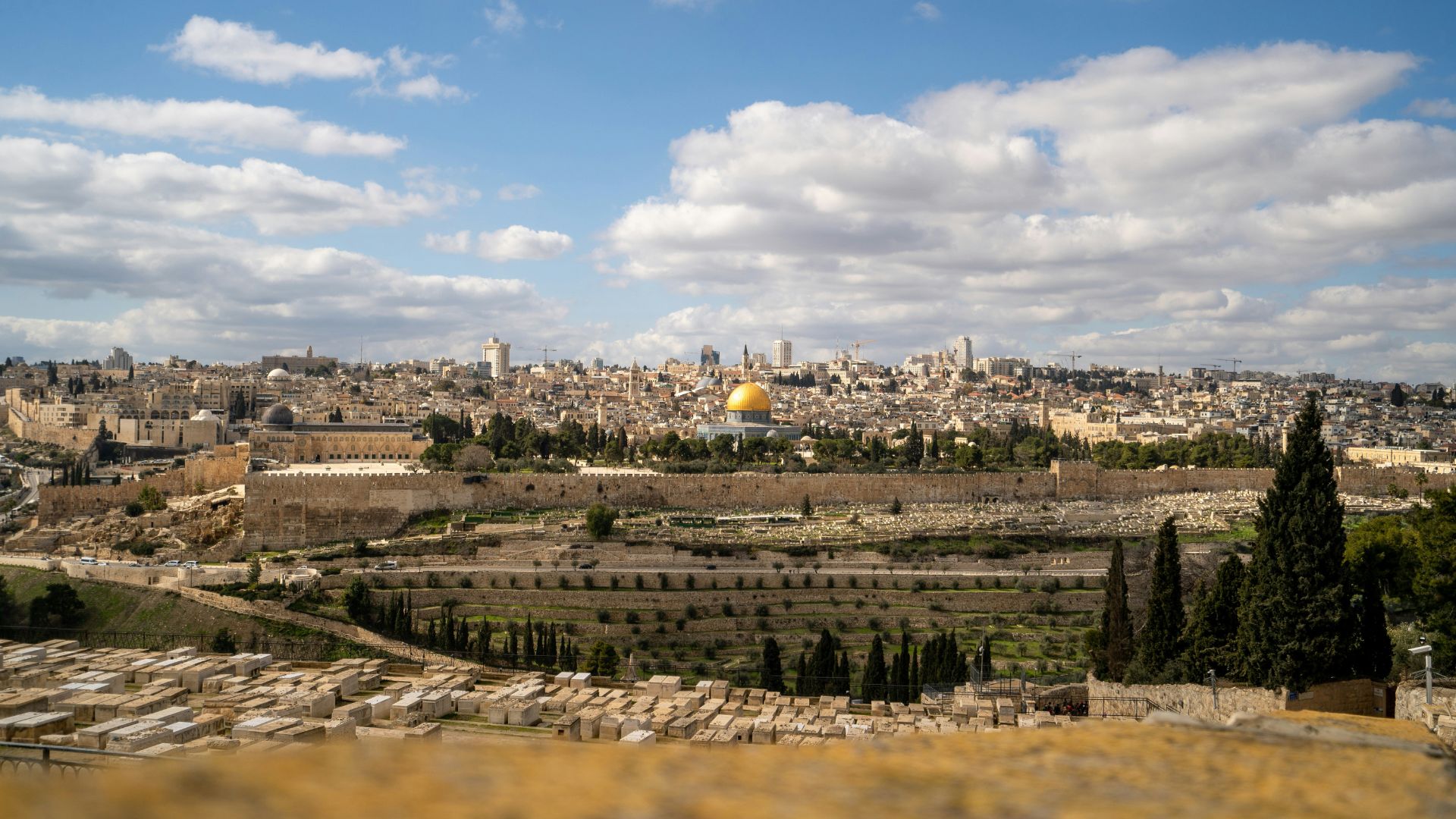
While Compton feels confident in his findings of the Lachish camp, he also wanted to identify where Assyria’s old Jerusalem camp may have been located.
Compton referenced the 1880s findings of the Palestine Exploration Fund (PEF) which discovered walls at a site north of the Temple Mount called Jebel el Mudawwara.
Another Oval Camp
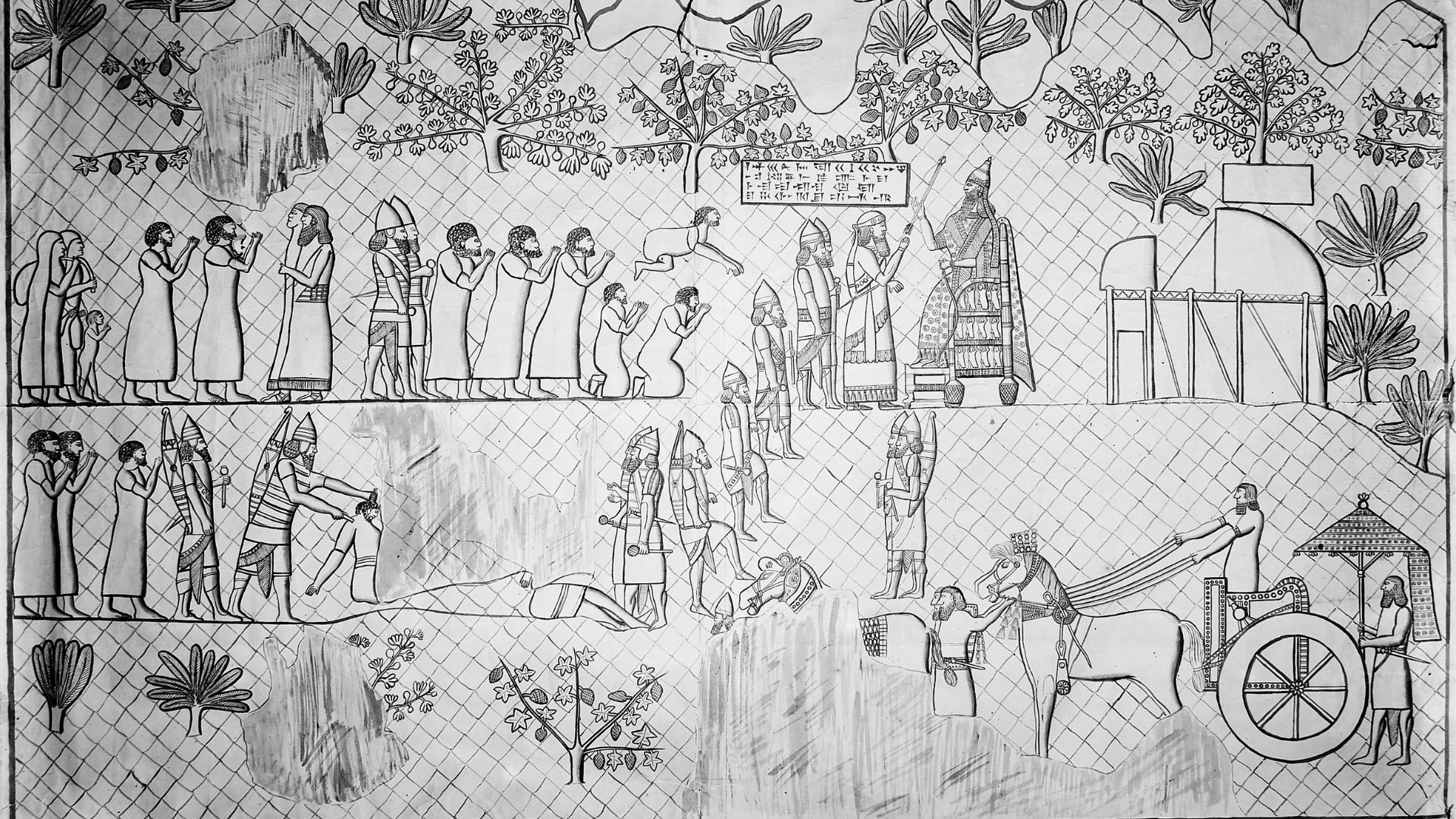
Back in the 1880s, the PEF theorized that this camp was an old Roman camp. However, Compton has explained that these old excavation records state this camp had oval walls — similar to what was found in Lachish, and what ancient Assyrian camps looked like.
Compton also pointed out the use of the word “Mudawwara” again. Unfortunately, conducting new excavations in this area could be difficult thanks to the many battles and buildings this specific area has seen in the past 100 years. Today, a museum is located in the area.
Difference Between Roman and Assyrian Camps
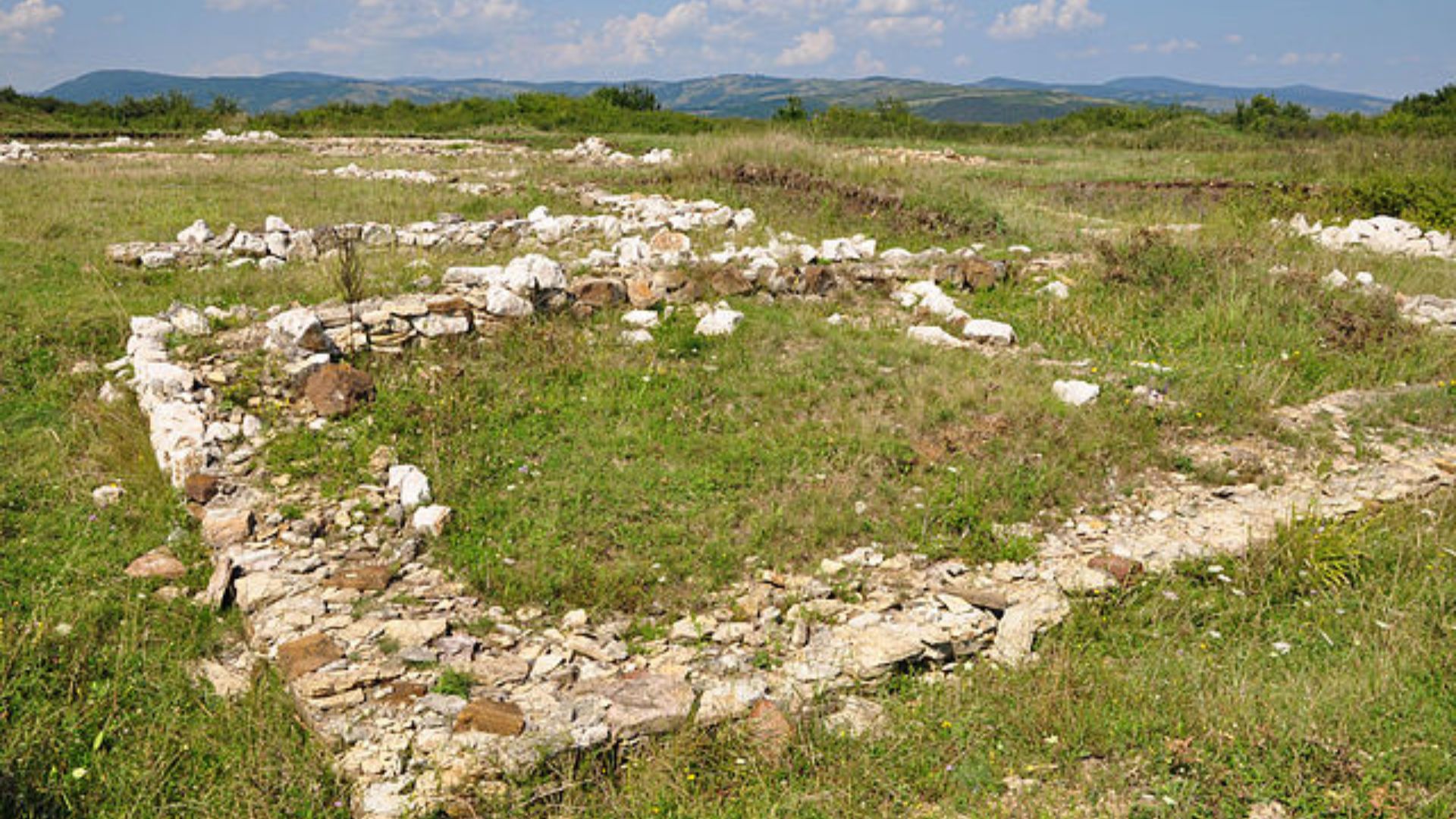
As the Roman and Assyrian Empires occurred close together, it can be difficult for historians and archaeologists to decipher the difference between them.
One way to do this is to look at the shape of the camp. If it is an oval, it is an Assyrian military camp. However, if it is a rectangle, it is a Roman military camp.
Finding Other Assyrian Military Camps

Due to the methods that Compton used to ascertain whether this was the Assyrian military camp, other camps from the same era have been found.
There is hope that even more camps than the ones that have been discovered will also be found using the same methods.
Could Be a Site Held by the Tabernacle

If the area Compton found is where Sennacherib came to lay siege to Jerusalem, there is also the possibility that it is Nob, which is a site that was once held by the Tabernacle.
This is a portable sanctuary that was constructed by Moses. According to the Hebrew Bible, the Tabernacle was set up at Nob, and Nob was where Sennacherib halted to attack Jerusalem.
What Other Scholars Think of These Findings

Scholars are mixed on these findings. Some have supported these discoveries and think that Compton could be right, though they believe more research should be done in these areas.
However, other scholars remain doubtful that these areas are truly the sites of two ancient Assyrian camps.
The Site Has 20th Century History
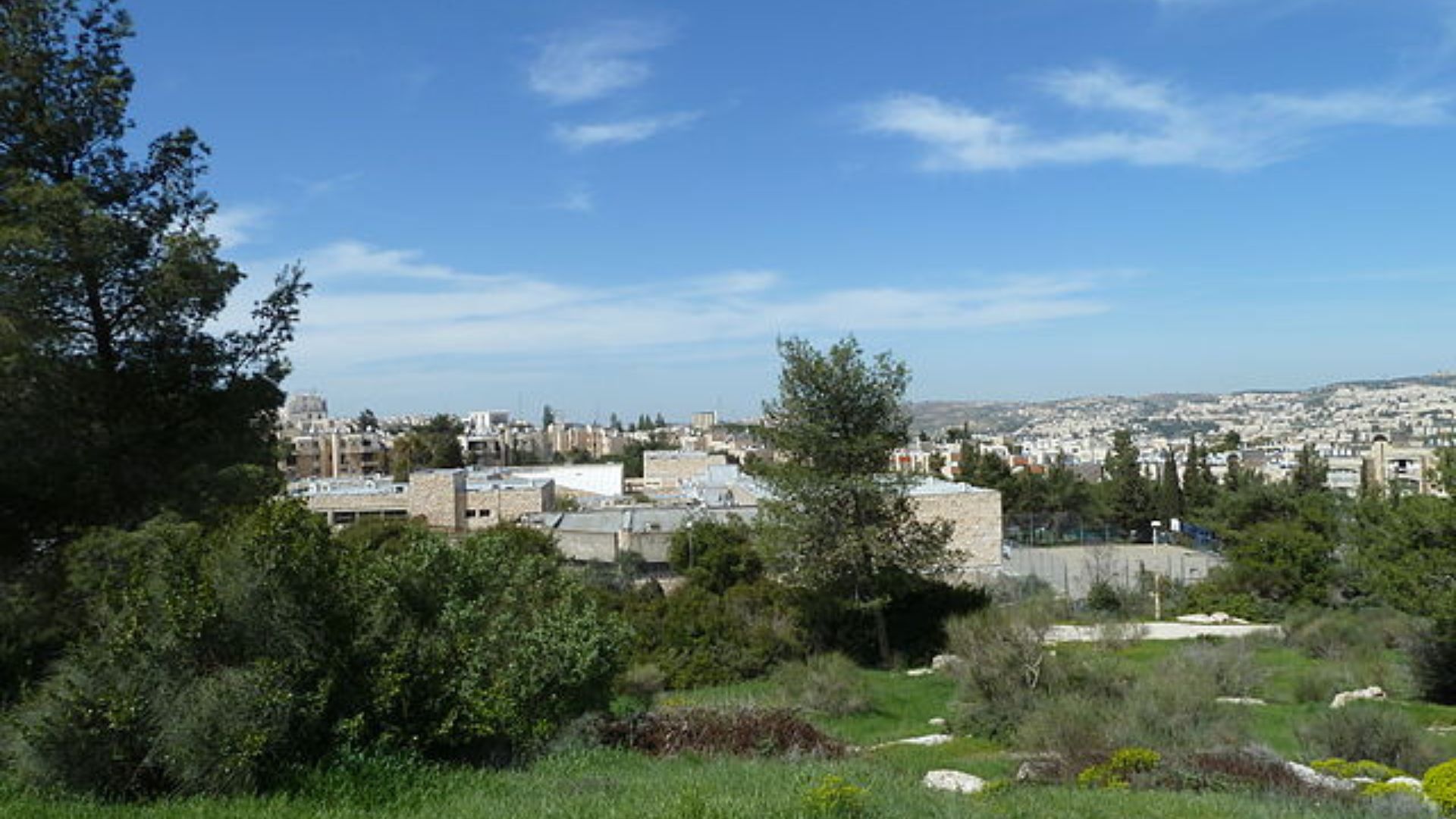
One of the issues with carrying out excavations on this site is that it has a 20th-century history. The British built an ammunition storage facility in the 1930s, so it became known as Ammunition Hill.
In 1948, Jordanian soldiers were positioned there, where they built several trenches and forts. Then, in 1967, there was a battle between the Israelis and Jordanian troops, resulting in the Israeli troops taking the hill.
Photos Before World War II Had To Be Used
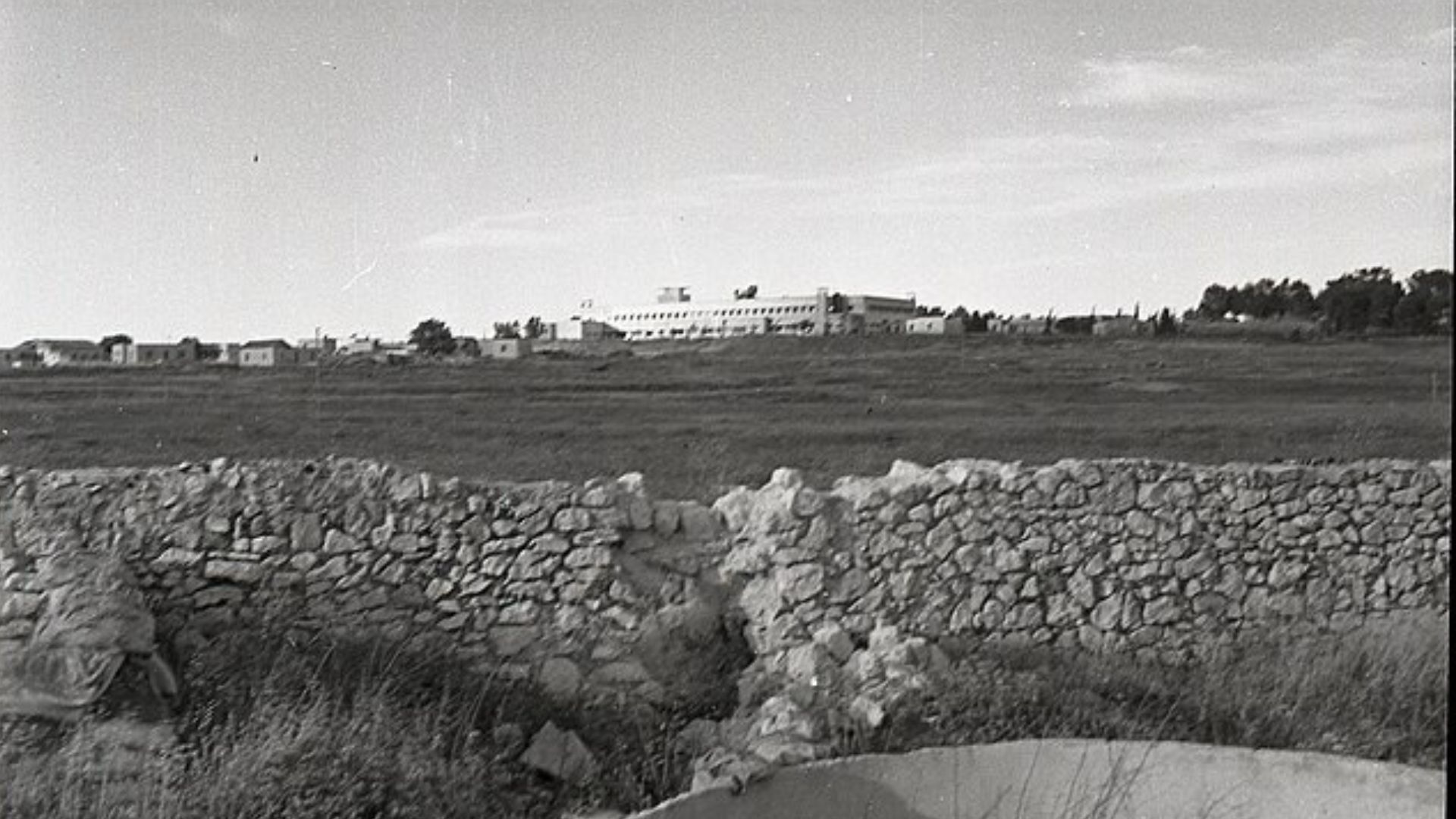
Due to the changes made from the 1930s onwards, Compton had to use photos from before this time so that he could get a more accurate look into whether what he had found was the Assyrian military camp.
This is another reason why the excavations are going to be difficult. Had these changes not been made, the excavation process would have been a lot easier, as the area wouldn’t have anything from the 20th century onwards.
Pushing for Future Excavations
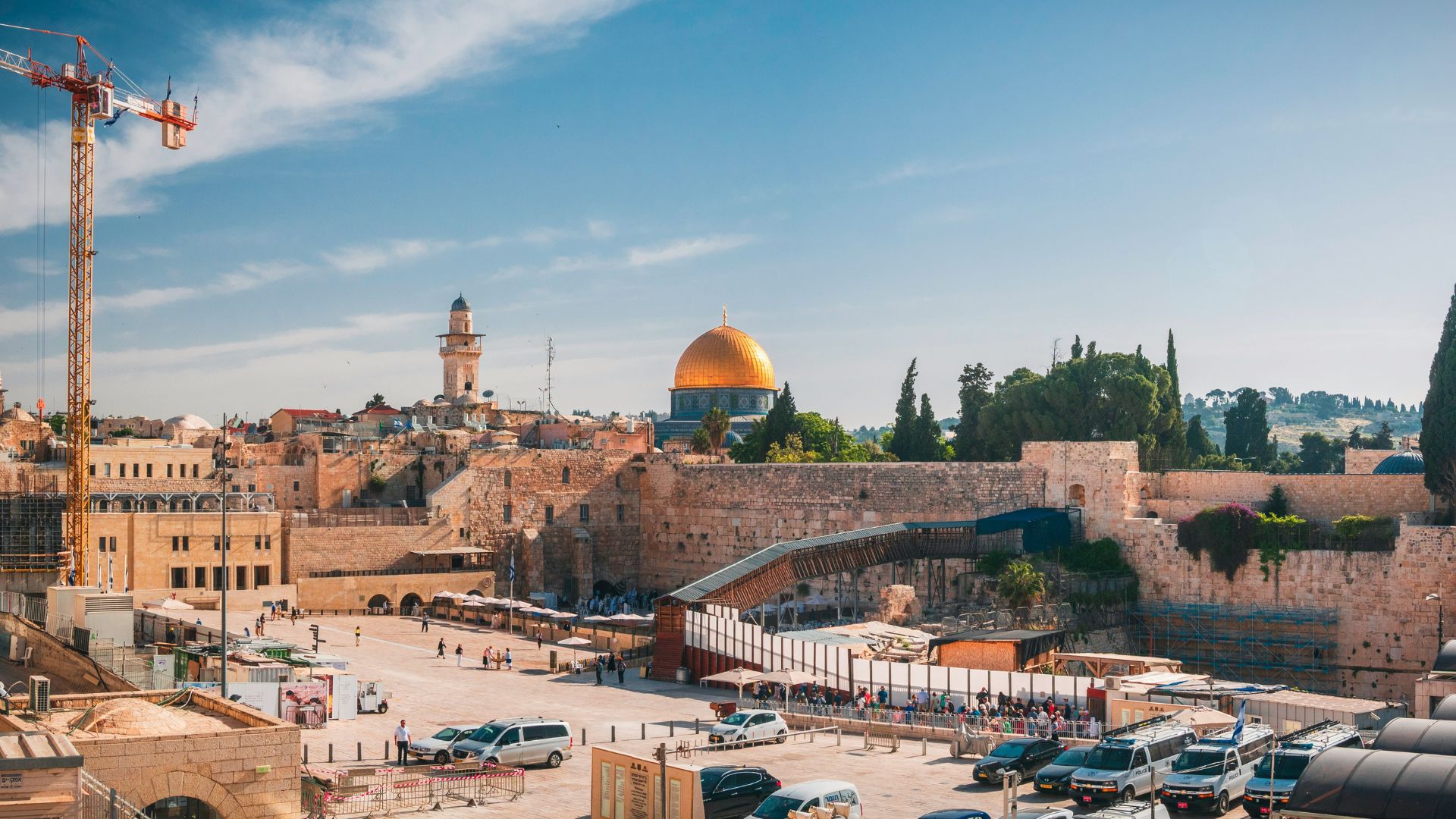
Though some scholars may disagree with Compton’s findings, they do agree with the independent researcher on one thing: future excavations of these areas should be done.
If archeologists in both these Lachish and Jerusalem sites can excavate the area further, they may be able to find out, once and for all, if these truly are the ancient sites of Assyria’s military.
